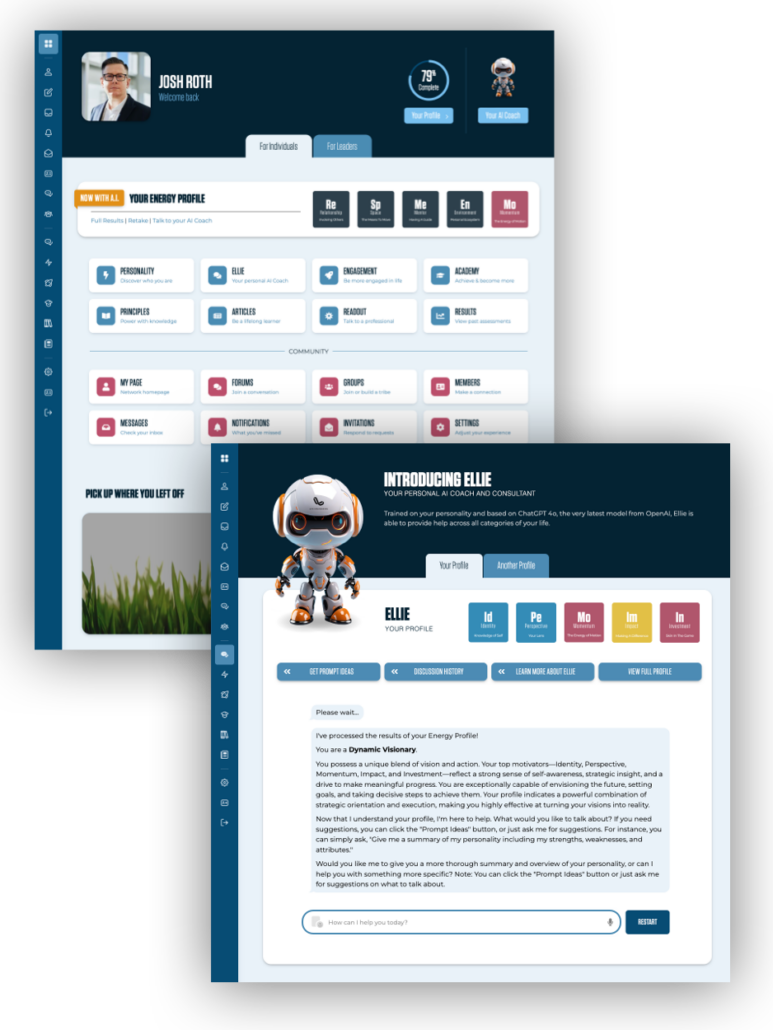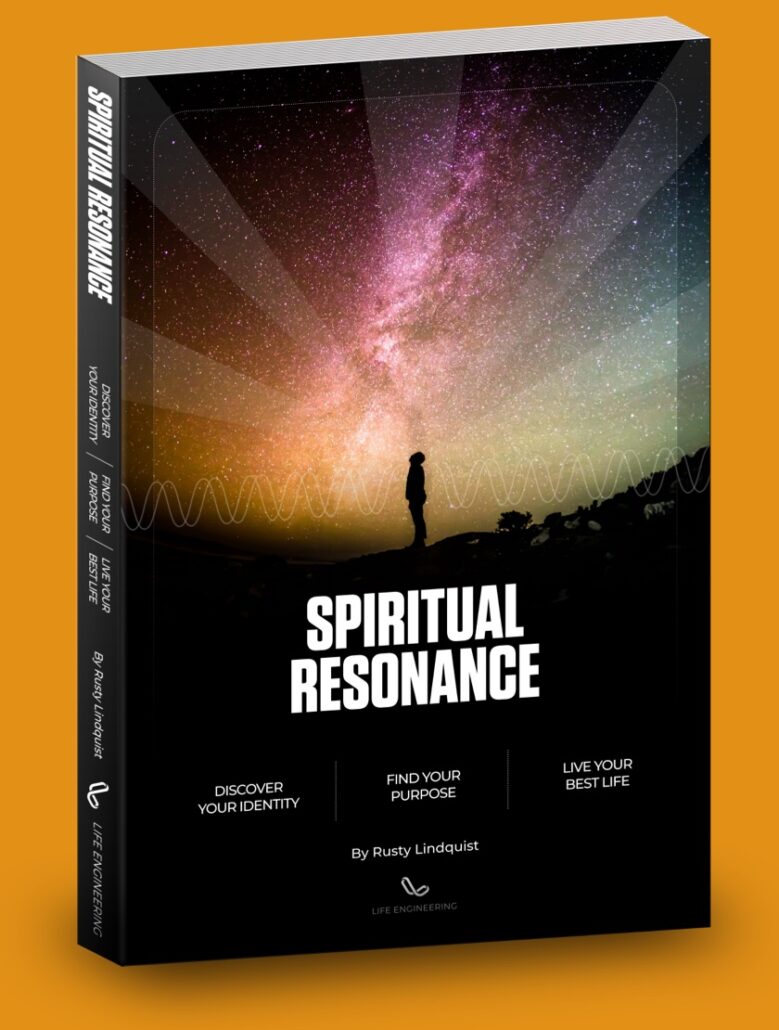Paired Elements for Leaders
Environment and Space
Building and leveraging empowerment
academy
Environment and Space, two of the 16 Elements of Human Achievement, have a huge impact in the workplace. As we define them at Life Engineering, Space is what you’re empowered to do and Environment includes what you can do with that empowerment.
In this course we’ll explore how leaders can build and leverage empowerment within their teams through intentional permission, autonomy, and innovation. This is ever more important in our remote and hybrid work environments.
Lesson 1
INTRODUCTION
Environment and Space Introduction
Using the words “space” and “environment” conjure up different images for different people. Learn how we define Space and Environment in the 16 Elements. It may be different than you think!
When it comes to leading, getting the interplay just right between Environment and Space is critical. When we manage that interplay well, teams and individuals have what they need to do their job well.
Lesson 2
The Power of Permission
The Power of Permission
Your responsibility as a leader is to find the right balance of “space” the teams and individuals in your organization have access to.
Give them enough autonomy that they can be creative, but not so much that they risk becoming misaligned with team and organizational objectives.
reflection activity
The Power of Permission
As a leader, how can you balance the need to be proactive and autonomous with clear boundaries? Or will well-intended actions bump-up against overly restrictive rules?
Take a moment, open your journal, and write down the answers to these simple assessment questions. Further your learning by capturing your takeaways.
Activity: The Power of Permission
Lesson 3
Unleashing Autonomy
Unleashing Autonomy
Different teams may require different amounts of space, including purposeful autonomy to do what they need or want to do.
As a leader, be considerate of the different circumstances of each team you lead. Find an appropriate level of autonomy for each team.
reflection activity
Unleashing Autonomy
Consider the possible space constraints that may be working against your team. Constraints that may be limiting your team often include Permission, Time, Autonomy, Materials, Money, and Staff. A surplus in any of these areas may also work against your team.
Think about these constraints as you answer the following.
Activity: Unleashing Autonomy
Lesson 4
Fail, Cheat, or Innovate
Fail, Cheat, or Innovate
One way you can empower your team is by prioritizing the staff, stuff, and authority your team has access to. The best way to ensure consistent high-quality outcomes is by balancing time, scope, and resources.
This Triple Constraint Model is a way of prioritizing the staff, stuff, and authority your team should have access to. Doing so will empower them, despite a world full of constraints, to deliver high-quality outcomes again and again.
reflection activity
Fail, Cheat, or Innovate
Consider how your organization prioritizes which elements are more likely to be locked down: time, resources, or scope. Next, consider a project you are currently working on or about to start and identify the balance of those constraints of time, resources, and scope. Thinking of what you’ve identified, choose one strategy to implement.
Activity: Fail, Cheat, or Innovate
Lesson 5
Bathtubs and Battlefields
Bathtubs and Battlefields
Your responsibilities as a leader can be simplified into two categories: staff and stuff. If staff and stuff is mishandled with your team, it can create a loss of engagement and productivity.
The staff and stuff available to us, tied to the access we’re given to use it, is paramount to overcoming entrenched problems and finding a pathway to success.
reflection activity
Bathtubs and Great Ideas
From Archimedes to the Allied forces of World War II, our physical environment shapes success.
Consider aspects of your team’s physical environment as you answer these questions about environment “stuff” and “staff” and your team’s access to them.
Activity: Bathtubs and Great Ideas
Lesson 6
Connecting Home to Office
Connecting Home to Office
With a work environment that has shifted to be largely remote, how can you ensure your team stays connected?
Communication is key to keep everyone on track and on the same page.
reflection activity
Connecting Home to Office
Consider how your team and the greater organization have responded to remote or hybrid work environment realities. Is this a current or future circumstance that you are dealing with? What are the likely areas of concern for your team?
Activity: Connecting Home to Office
Lesson 7
The Power of a Well-Maintained Mind
The Power of a Well-Maintained Mind
Part of helping create a good environment is checking in with your employees’ mental health.
You can model this by being vulnerable and open about your own mental health.
reflection activity
A Well-Maintained Mind
In “interesting times” we need to help our teams improve the environment “between their ears.” How often do we ask team members about their mental health? Do we focus on getting the best out of our team or the most?
Activity: A Well-Maintained Mind
Lesson 8
Conclusion
Environment and Space Conclusion
Effective leaders are intentional about their use of the Environment and Space Elements, recognizing their reliance upon each other.
That means finding the right balance between resources, scope, and time.
We care deeply about helping you live your best life.
So much so, that I want to give you a free copy of my most recent book, Spiritual Resonance, to help you fully discover yourself and live authentically.
We’ve also created an assessment to help you discover your Identity, and have trained AI to understand and talk to you about your specific results!




Responses